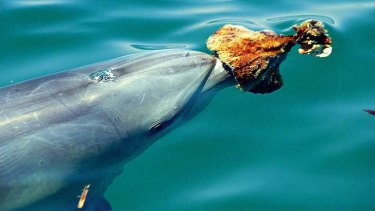I attended an evening talk in Bangor University’s Biological Society given by Professor Oliver Turnbull – School of Psychology.

Animal minds: Existence, evidence and evaluation.

Consciousness – Awareness of one’s own existence, sensations, thoughts and surroundings.
Suggesting that animals lack minds influences the way in which we treat them. Advances in semantic piracy suggest that fear is replaced with negative emotion, feelings are replaced with responses and objects are replaced with stimuli. We can conclude that animals are not the autonomic beings they were once perceived to be.
Consciousness examples
Core consciousness: Sense of awareness, alertness of waking states and dreamless sleep. ‘Consciousness from the time you wake up in the morning’. – (Oxford Reference).
Extended consciousness: Contents of specific sense modalities, high order uses of consciousness (I.e: Memory and reasoning) ‘A feeling arises when an organism becomes aware of the changes that it is experiencing’.
Intelligence?
Learning: Alex the parrot (Irene Pepperberg).

Alex was widely known for his intelligent use of language (a behaviour also recorded in non-human primates) but tragically passed away in 2007. His last words were claimed to be ‘You be good, see you tomorrow. I love you’.
Alex possessed the ability to name 50 objects and had the vocabulary of 100 words. He had an accuracy of approximately 80%.
Tool use: (Jane Goodall).

Problem solving: (Shark Bay).
Species inhabiting waters in Shark Bay have been studied to problem solve. Dolphins have been found with sponges on their noses, which they place there to avoid scratches from the substrate underneath whilst foraging. Thus, acting as a nose guard.

Theory of mind
Chimpanzees are aware of the intentions and goals of others. And self awareness (via mirror self recognition tests) have been achieved in species including: Great apes, elephants, dolphins, orcas and magpies.

Career pathway and thoughts:-
I highly valued the talk and found it to be incredibly thought provoking and insightful. I left and shortly afterwards ordered a recommended book to expand upon my understanding and to see the my new found fascination. I believe the information provided has encouraged me to further analyse the subject of animal minds and its relationship with consciousness.
Moreover, I believe that the talk influenced my career pathway and enabled me to gain an additional interest (into animal consciousness). After the talk, I based my Advances in Behaviour research proposal on animal consciousness in goats, because I felt inspired and motivated to expand on my knowledge within the area.

